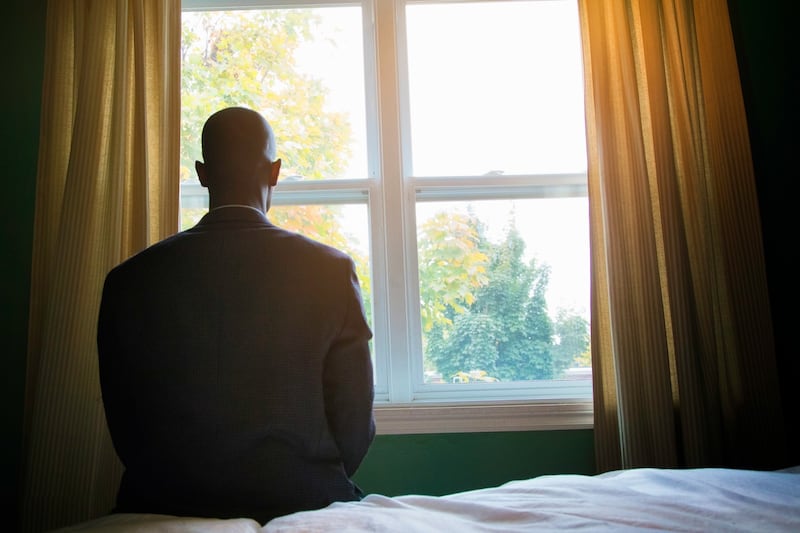Dr Francesco Pilla, assistant professor at UCD School of Architecture, Planning & Environmental Policy
Your research focuses on the environment, what do you look at?
I try to get a broad perspective on how cities work, why they produce pollution and what to do about it. We use sensors to measure things like air quality and then we build models so we can see the bigger picture.
What projects are you working on now?
Lots at the moment! I am co-ordinating an EU-funded project called iSCAPE, which stands for improving the smart control of air pollution in Europe.
Air pollution is a huge problem globally, and in Dublin one of the big issues is the particulate matter in the air, which is linked to health problems such as asthma, heart disease and even cancer.
The iSCAPE project is looking at ways we can design structures in communities in six cities across Europe to reduce exposure to air pollutants, and we are building awareness of how people can reduce air pollution.
I’m also an investigator with Smart Dublin as a partner on another EU-funded project called OPERANDUM which involves the use of sensors and weather data to understand the risk of flooding from rivers in Dublin, and I am working with colleagues in Trinity on a project to assess how green spaces can improve health and wellbeing in cities.
What are you finding with your work on air pollution in Dublin?
Our research in the iSCAPE project is showing that low walls and particularly hedges can help to protect pedestrians from polluted air coming from busy roads. They are simple pieces of urban infrastructure but they could play an important role in limiting our exposure to pollutants.
How did you come to work in Ireland?
I am from Italy and I studied environmental engineering at the University of Bologna. Then I lectured in lots of different areas, including noise pollution and water pollution. I came to Ireland intending to stay for a year to do a masters, but then I stayed to do a PhD, and now I am lecturing here.
What keeps you going?
It is my curiosity, which is also my demon in a way. It gets me to work, but it makes it hard to stop and then I am always thinking of ways to make the research better. So to take a break I do sports, like rowing, which is a good antidote to sitting at a computer. I also like to read fantasy fiction, like Game of Thrones or Harry Potter, they help me to leave the work behind.
What’s the biggest challenge in your work?
I think the biggest challenge is that something we develop as an intervention to improve the environment could get shelved. So when we are designing the projects and the tools, we use a “living lab” framework, and we get citizens and stakeholders on board at the start. They contribute to the project and help us design the interventions. If users help design and test something, the hope is that the interventions are more likely to be used.
How can people get involved?
This summer and autumn we will be doing citizen science activities in Dublin, where we will ask people to test out sensors we are developing to measure air pollution. You can find out more at the website www.iscapeproject.eu






















